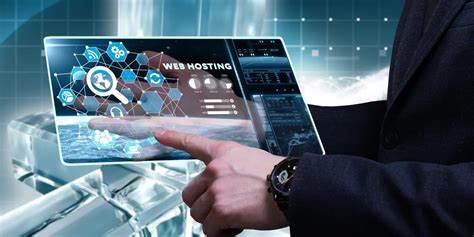The retail industry is undergoing a profound transformation, driven by the fusion of technology and the traditional brick-and-mortar shopping experience. While online shopping has changed consumer behavior, technology is breathing new life into physical stores, creating a seamless blend of the digital and physical worlds. In this article, we’ll explore the exciting realm of Brick and Mortar Retail Tech, its innovative applications, and the ways it’s revolutionizing the way we shop.
Enhanced Customer Experience
Technology is at the forefront of creating immersive and engaging customer experiences in physical stores. Interactive displays, touchscreens, and augmented reality (AR) applications allow customers to explore products in a dynamic and captivating manner.
Personalization and Data Analytics
Retail tech enables the collection of customer data, which can be used to tailor offerings to individual preferences. Personalized recommendations, targeted promotions, and customized shopping journeys enhance customer satisfaction and boost sales.
Mobile Integration
Mobile apps and beacons facilitate seamless in-store navigation, enabling customers to locate products, access promotions, and receive personalized notifications. Mobile payments and digital loyalty programs simplify transactions and enhance convenience.
Virtual Try-On and Fitting Rooms
Augmented reality and virtual reality technologies are transforming fitting rooms into digital playgrounds. Customers can virtually try on clothes and accessories, helping them make confident purchase decisions.
Inventory Management and RFID
Radio-frequency identification (RFID) technology enables retailers to track inventory levels in real-time, reducing out-of-stock instances and enhancing supply chain efficiency.
- Checkout Innovations: Self-checkout kiosks, mobile checkout options, and even cashier-less stores are streamlining the checkout process, reducing wait times and enhancing the overall shopping experience.
- Smart Mirrors: Smart mirrors equipped with technology allow customers to virtually try on makeup, jewelry, and apparel, enhancing interactivity and convenience.
- Location-Based Services: Geo-fencing and location-based technologies enable retailers to send targeted promotions or notifications to customers when they’re near the store, driving foot traffic and engagement.
Challenges and Opportunities:
- Integration Complexity: Implementing retail tech requires seamless integration with existing systems, posing technical challenges but offering substantial rewards in terms of customer engagement and operational efficiency.
- Training and Adoption: Retail staff need to be trained to use new technologies effectively, ensuring a smooth customer experience and maximizing the benefits of these tools.
- Data Security and Privacy: Collecting customer data for personalization requires robust security measures to safeguard sensitive information and comply with data protection regulations.
- Costs and Investment: While retail tech offers long-term benefits, the initial investment can be significant. Retailers need to carefully assess the potential returns and allocate resources strategically.
The fusion of technology and brick and mortar retail tech is reshaping the way we shop, turning physical stores into dynamic and interactive spaces. Retail tech enhances customer experiences, streamlines operations, and creates a seamless bridge between online and offline shopping. As retailers continue to innovate, the boundaries between the digital and physical worlds will blur, offering consumers the best of both realms. The future of brick-and-mortar retail lies in embracing and integrating technology to create compelling, convenient, and personalized shopping journeys that cater to the modern consumer’s preferences and expectations.














